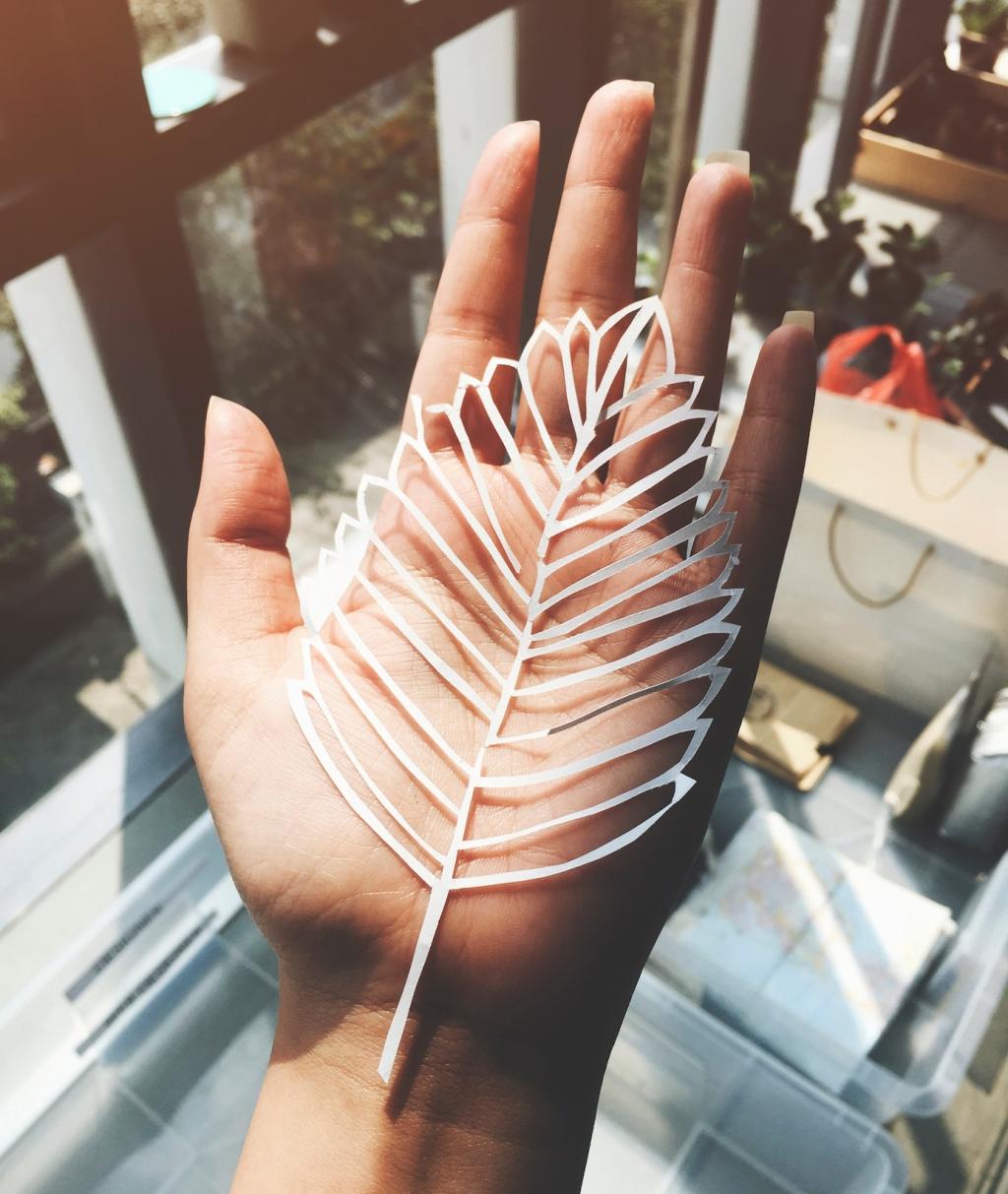Low-Toxic Ingredients That Work Outdoors
Raw tung, hemp, or walnut oil penetrate and harden, offering water resistance without synthetic solvents. Avoid boiled linseed with metal driers. Always patch-test, especially with nut oils. Comment if you’ve compared tung versus walnut on weathered slats.
Low-Toxic Ingredients That Work Outdoors
Beeswax adds warmth and easy buffing; carnauba, a plant wax, raises hardness and gloss. Blend small amounts for outdoor resilience. Choose ethical sources, and label your jars. Share your preferred ratio for a summer-ready finish.
Low-Toxic Ingredients That Work Outdoors
Before polishing, a mild castile-soap solution or 1:1 white vinegar and water cuts grime without harsh fumes. Rinse and dry thoroughly. Subscribe for a printable prep checklist you can keep in the shed.


